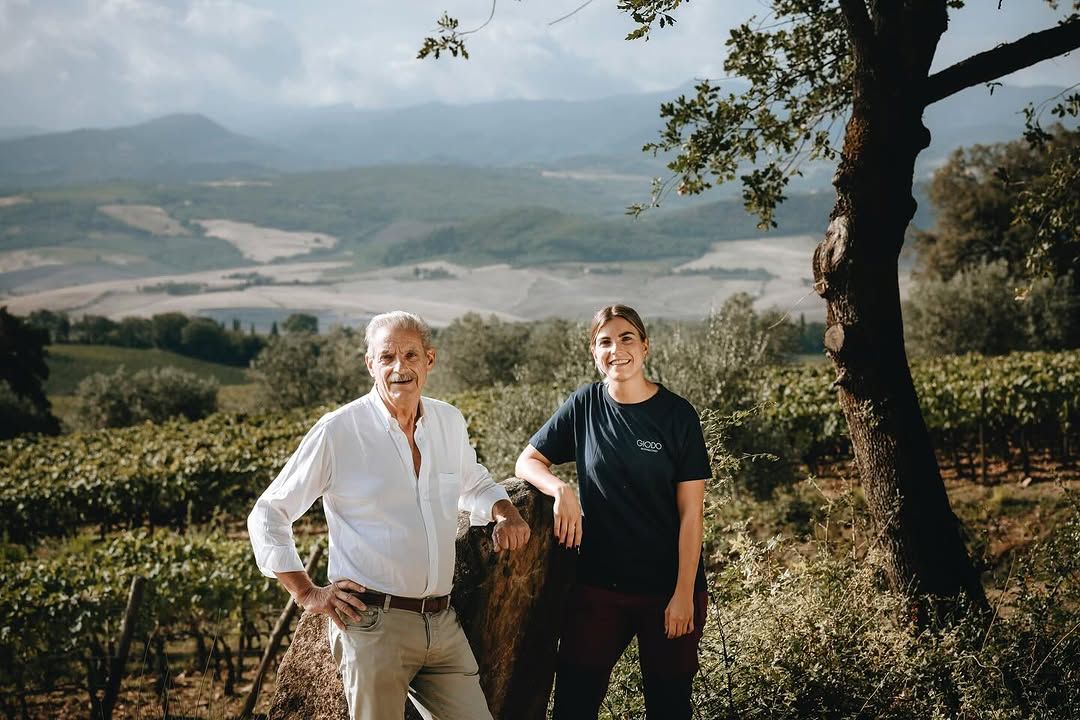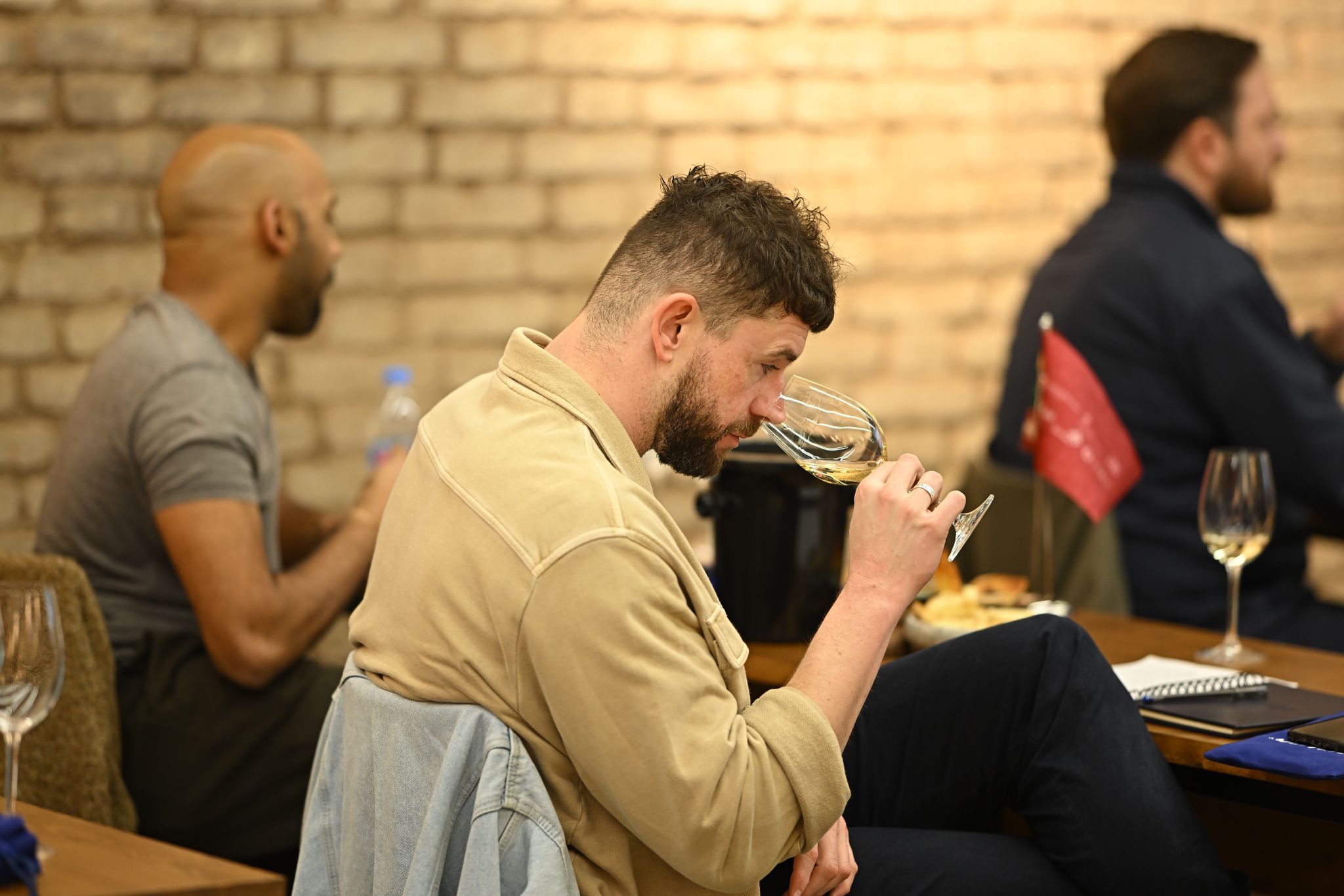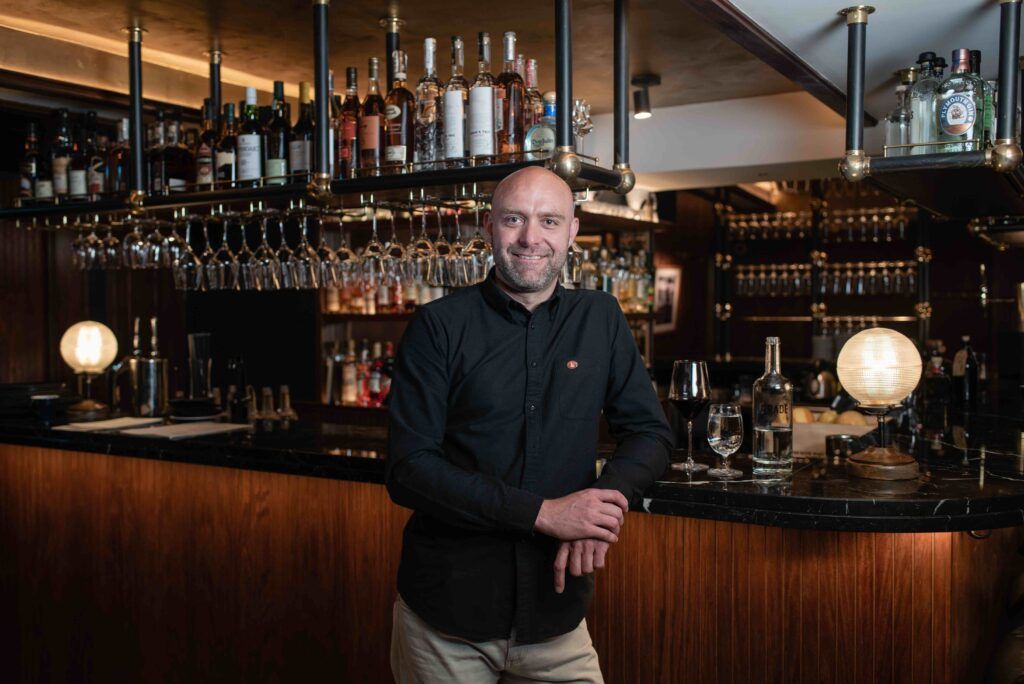Five producers from Riverland Uprising will be showing their wines at ProWein on Wine Australia’s stand (Hall 14, C10). Phil Reedman MW and Jim Markeas of Mallee Estate will be hosting a masterclass on March 19 at 2.3opm-3.15pm.
Tell us about Riverland Uprising and what you do?
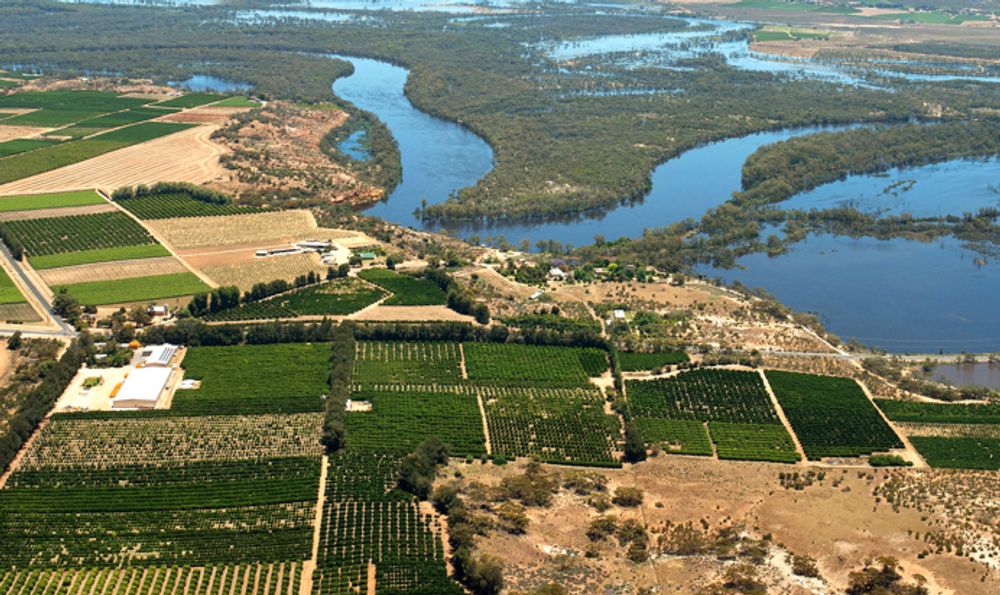
Producers making wine under a GI label is key to Riverland Uprising
Riverland Uprising focuses on the regions vast array of sustainability minded varietals and foregrounding the area’s unique river setting as a lifestyle destination. Its key attributes are:
- It’s driven by a GI label claim.
- It fosters a generation of maverick producers who are writing an exciting new chapter in Australian wine.
- Emerging varieties lead the way in experimental winemaking.
- A community-driven region, with over 900 grape growers.
- It looks to capture the attention of wine curious consumers who are drawn to exciting new varieties and an emerging new breed of producer.
These are examples of producers and the wines your mum and dad didn’t drink.
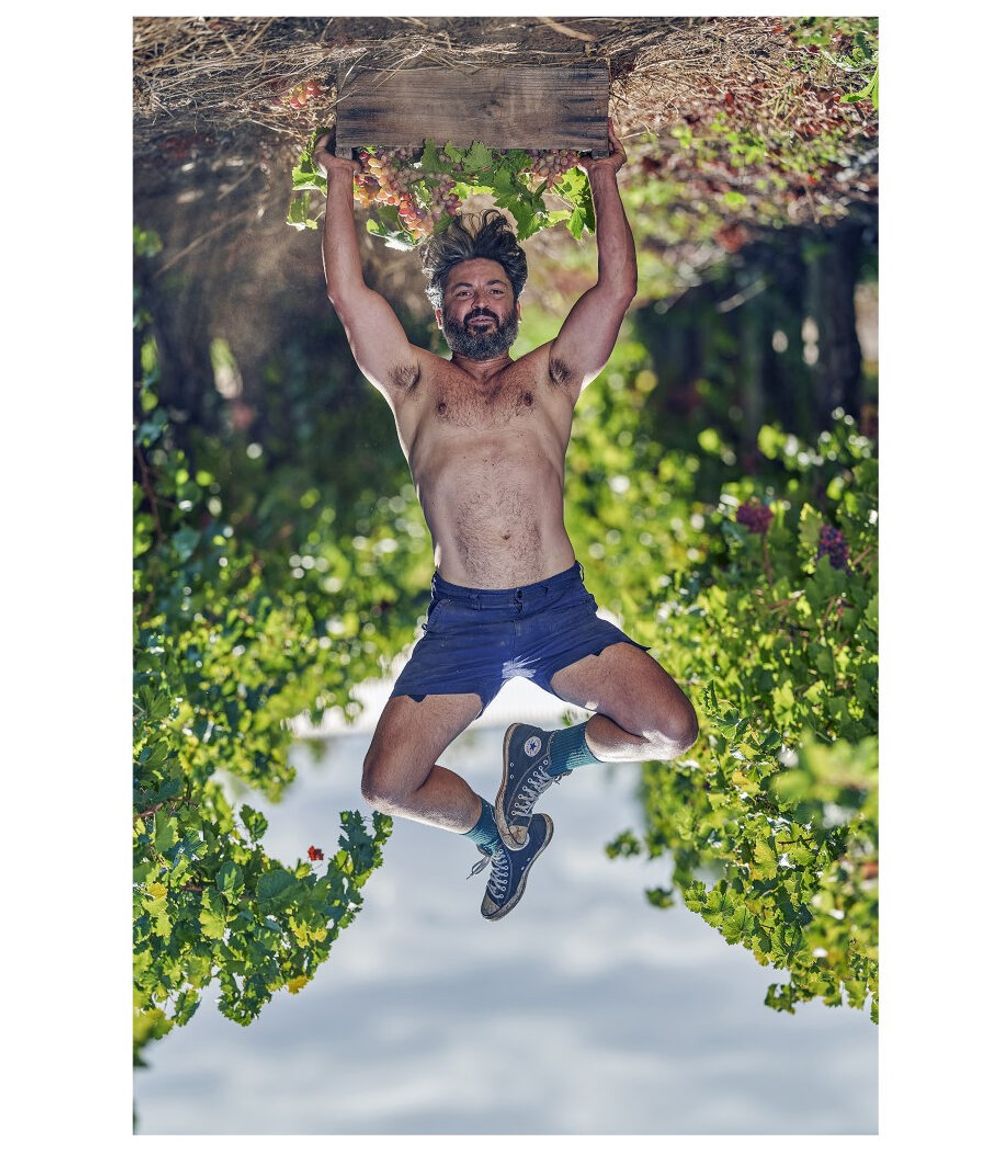
Winemaker John Koutouzis at Sixty Eight Roses is typical of how winemakers are looking at making wine in a different way in the Riverland
- Oxford Landing: A vineyard nestled within an ecosystem of 600 hectares of 200,000 replanted and regenerated native flaura and fauna.
- Unico Zelo: Crafted playful and approachable wines, working with appropriate varieties that showcase Australian terroir.
- Starrs Reach: Australia’s largest plantings of the hard working grape varieties, Grenache and Mataro combined to produce rich fruit flavours on nurtured land by a family committed to the future as custodians of this land to ensure its good health for children and community.
- Mallee Estate: Pinot Noir successfully produced in a warm region climate. Yields have been kept low to ensure intense flavour in the berries and to express the fine terroir.
- Sixty Eight Roses: A winemaker dedicated to driving a shift in perception, telling the world that the Riverland is a funky food and wine destination.
Can you give an overview of the Riverland region and the type of wines made there?
The Riverland is Australia’s most diverse and experimental wine region. Here’s why:
- It’s home to boutique wineries as well as some of the largest wineries in Australia. It also has everything in between.
- The Riverland is a long-established, warm climate wine-producing region, located east of the Barossa Valley.
- It is the largest Australian wine region by size 330km along the Murray River.
- It has over 900 wine grape growers.
- It is responsible for producing 32% of the volume of Australia’s overall annual crush.
- It produces around 41 commercial wine grape varieties.
- The wine form the Riverland is exported to over 100 countries
You are known as arguably the most influential wine region in Australia. Why is that?
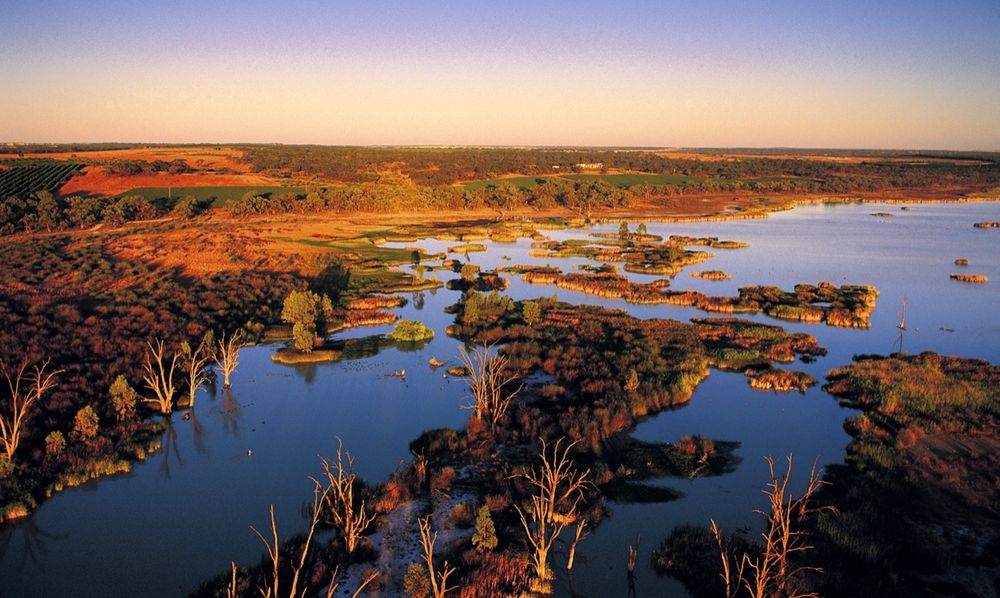
The scale of the Riverland makes it crucial to the overall Australian wine industry
The Riverland is incredibly important to the Australian wine industry in terms of scale, economic contribution, diversity, export value, technology and structural change, innovation and employment.
- Scale: Area GI (km2): 4,105.
- According to Vinehealth Australia data, the total vineyard area in the Riverland on April 30 2022 was 20,553 hectares.
- The reported crush of wine grapes from the Riverland was 506,769 tonnes in 2022, down 9% compared with the 2021 record crush of 558,252 tonnes. The crush was the second largest ever recorded, and only the second crush recorded over 500,000 tonnes.
- There were 99 hectares of new plantings (including top-working and replacements) in the 2021-22 planting season, of which 60 hectares was Shiraz.
- There were 360,273 tonnes wine grapes purchased at a value of A$141,031,011 from 41 different wine grape varietals.
What grapes are most in demand from the Riverland?
According to Wine Australia data, the top five varieties in Riverland in 2022 and their share of national tonnes are Shiraz 25%, Chardonnay 21%, Cabernet Sauvignon 14%, Merlot 6% and Colombard 3%.
What is the current situation in terms of supply and availability of wine from the region?
The Riverland wine growers and wineries have the capacity, expertise, stamina, and technology to quickly scale production to meet the demands of new and existing export markets. There is also growing focus on the adaption of grape and wine production, greater product diversity and adopting new and environmental approaches to viticulture to meet emerging global consumer demand.

You can see for yourself what the Riverland Uprising producers are all about at ProWein
You are going to Prowein – tell us about what you doing there?
We want to:
- Harness the attention of an emerging generation of consumers more interested in progressive new stories, than old, traditional ones.
- Represent the Riverland region for the first time on a global stage with five wineries who are driven by a GI label claim.
- Work with individual wineries to understand their competitive sets in an international arena.
- We are hosting a masterclass titled: ‘Wines your dad didn’t drink.’
- Gather information about the regions competitive set and share opportunities with other Riverland wineries
What do you hope you can achieve at Prowein?
We want to raise international awareness about the Riverland region as Australia’s most diverse and experimental wine region.
- To meet the Riverland producers for yourself at ProWein go to Riverland Wine, Wine Australia Hall 14, C10, or email Lyndall Rowe at eo@riverlandwine.com.au.
- Phil Reedman MW and Jim Markeas of Mallee Estate will be hosting a masterclass on March 19 at 2.3opm-3.15pm.


